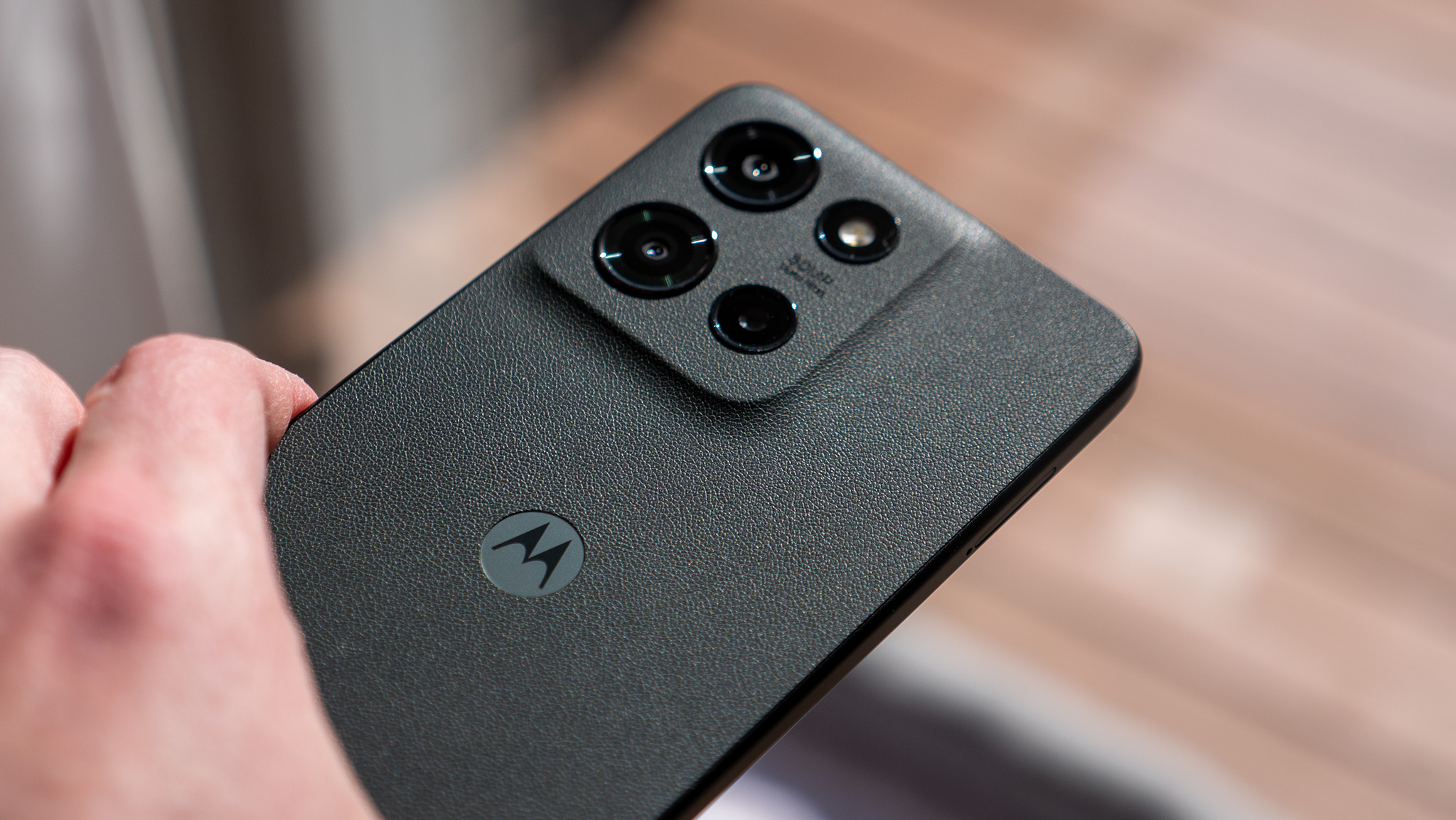Motorola i1 -- Sprint/Nextel's push-to-talk Android phone
The Motorola i1 is neither big, nor bad, but it certainly fills a niche that many believe is dying off -- push-to-talk on the IDEN network. Applications and services from other carriers try to replicate it, but if you've ever used an actual "chirp" phone (either because you wanted to or otherwise) you know it's not the same. Those who need PTT service on their phone now have an Android choice, so let's have a look and see if it would be a wise choice to make after the break.
We'll start with a video walkthrough of the phone's software, but first a word between friends. This phone is slow. If you're an Android lover, you're going to see things that make you cringe. But there's a lot of good in there, too. We'll talk more after you have a look.
YouTube link for mobile viewing
So the i1 isn't the fastest Android phone out of the gate, that's obvious. But we can't just write it off without looking at some of the features. Let's start with the hardware.
- 1400 mAh battery
- Android 1.5 with slight customization from Motorola
- 2 GB microSD card included, support for cards up to 32 GB
- 500 MHz Freescale ARM 11 processor
- 256MB RAM, 512MB ROM (230MB available for applications)
- 3.1-inch LCD display at 320x480 pixels, 18 bit color
- 5 MP autofocus rear camera with LED flash
- IDEN 800 MHz radio
- Bluetooth 2.0, 802.11 b/g WiFi connectivity, AGPS
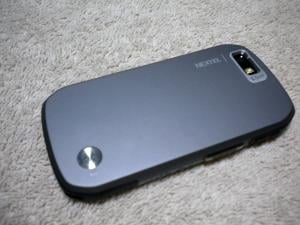

To start with, the i1 has been ruggedized to meet Mil-Spec 810F specifications for dust, shock (physical, not the electrical kind), vibration, and blowing rain. It probably wouldn't last very long at the bottom of the lake, but it's going to take one hell of a beating -- much more than most other phones. As a drawback, this means some frustration for the average user. The battery door is very difficult to remove, requiring prying, sliding, and pulling on a very thin plastic piece. The input ports have been covered in a sealed rubberized flap that will likely keep the dust and moisture out, but make simple things like charging the phone or using the included 2.5 mm (yes, that's 2.5mm, unfortunate as it is) headset, well, frustrating.
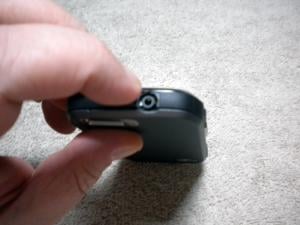
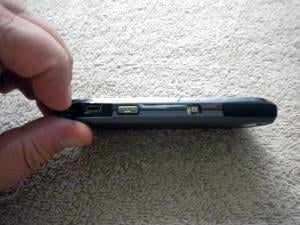
Of course to be rugged and take that kind of abuse, this is a necessary evil. And the feel of the phone is awesome. The fit and finish is top notch, and the build quality is even a notch higher than the usual solid product we've come to expect from Motorola. The call quality is excellent, and in my area the battery life was amazing for an Android phone -- with moderate usage, two days between charging was the norm.
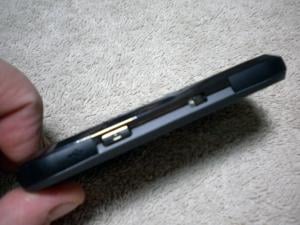
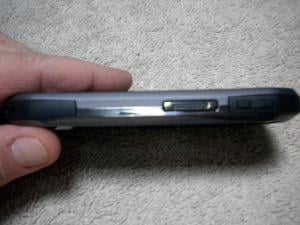
And then there's the PTT feature. We covered that one with a little video demo right here, and the video itself is reposted below.
Be an expert in 5 minutes
Get the latest news from Android Central, your trusted companion in the world of Android
YouTube link for mobile viewing
Just because the phone is designed for the first-responder types who will give it a beating doesn't mean all the extras have been stripped out. The camera is plenty functional for stills. You won't be replacing even the most basic point and shoot camera, but for a cell phone it works just fine.




There's a pretty accurate panorama function in the camera as well


Panorama mode is just one of the camera software settings. Besides all the basic manual settings, there are different effects like black and white, negative, and sepia; and the scene can be selected to adjust for different types of lighting.
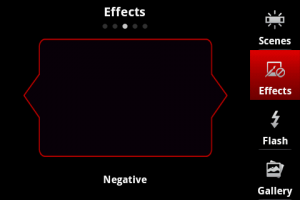
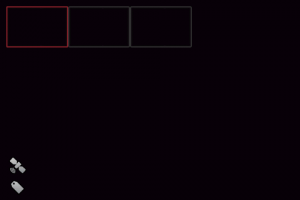
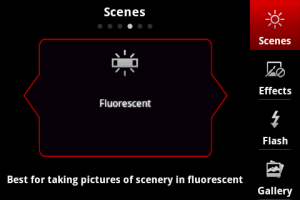
Once you've taken a picture or imported one to your microSD card, there's a simple image editor and a tag editor. Not a miniature photo editing suite, mind you, but for a phone its surprising easy to use, and works as intended -- two very important criteria. It's worth noting that all these features suffer from what we watched above. They get sluggish to the point where they aren't very functional anymore with extended use, the camera software itself included. You'll also notice that I haven't mentioned how good the camcorder function of the phone is. That's because it's not. It's bad, and is what you would expect from an ancient flip phone instead of a modern smartphone. The maximum resolution is 352x288 (CIF) and files are output as 3gp. The settings and scenes don't seem to have any effect on the video it shoots, and I was unable to shoot any acceptable video at all, under any conditions. Possibly in the hands of a skilled videographer this could be different, but I doubt it.
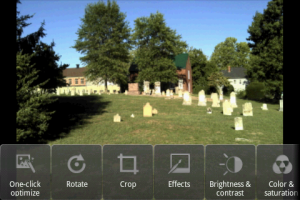
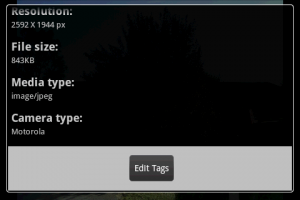
The i1 ships with three software keyboards installed. Besides the stock Android 1.5 keyboard, there's Swype and Motorola's XT9 multi-language keyboard. On the software side, all three are perfectly fine. The stock keyboard is a little rough around the edges, but it is four versions older than what most of us are used to, and much polish went into the keyboard in the newer builds of Android. Swype is Swype -- it is one of the few things here that isn't suffering from the mediocre processor and being shipped running Cupcake. Motorola's own keyboard is excellent as well, reminding me very much of the keyboard from the Droid X, minus the multi-touch. Another unexpected bonus, Moto's XT9 keyboard is multilanguage and a quick tap of the globe icon changes your characterset on the fly.
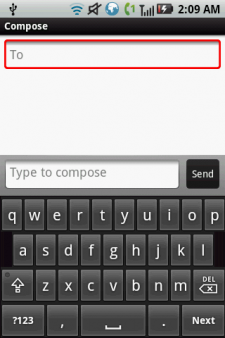
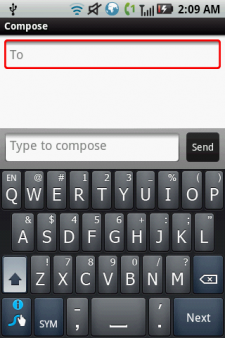
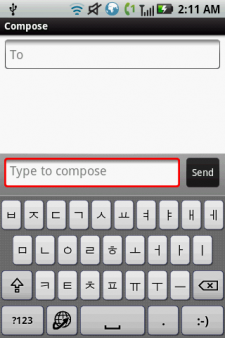
I'm a firm believer in replacing feature phone operating systems with Android, so I try to see the good in everything, but there are a few glaring problems that I have to point out. I've talked as much as I can about what's good with the i1, and some of it's very good. The camera and image editing software are great. In fact I wish I had it on my Nexus One -- it is that good. The build quality of the i1 is second to none. There may be phones that are better built out there, but I've never seen or used one, and while the enhancements to ruggedize the phone are inconvenient for a casual user like myself, I don't doubt the Mil-Spec rating of the phone one bit. The push-to-talk feature is flawless, and unaffected by any random phone lag or slowdown -- Motorola and Nextel engineers seem to have perfected this.
Most of the phone's features and software are mediocre. You get exactly what you would expect from an Android phone running 1.5, and after using phones with higher builds of Android it's hard to be impressed by any of it. That's not to say that everything is bad, it seems to work as designed, but it is a shocking leap backwards after using Android 2.1 and 2.2 for a while.
This is where the fun stops. There are some serious flaws with this phone, and they affect just about everything and every way you would use it. The video near the beginning of this review shows exactly what I mean.
The touchscreen digitizer is one of the worst I've ever come across. I could have a bad unit on my hands, but after tracking down a few other folks who use the i1, I don't think this is the case. It doesn't register all of the touch input, unless you go very slowly and press relatively hard. At first, I had to check the specs from Motorola to be sure this was a capacitive screen and not resistive. Typing anything is a chore, and is only saved by the inclusion of Swype. Years of handling hot parts and time at a soldering station, combined with a series of summertime accidents have left my fingertips a calloused mess, but I don't have any issues on other touch screen phones. Blame it on the digitizer, or the overall sluggishness of the phone itself, but something is amiss. It's a shame, as the LCD is beautiful at 18 bit color, but you soon forget how nice it looks when you're constantly tapping two or three times to get the phone to do something. Less important, but still annoying is the lack of any oleophobic coating on the glass. Many of the people this phone is directly market towards won't have the cleanest hands, and this thing is a fingerprint and smudge magnet to the extreme.
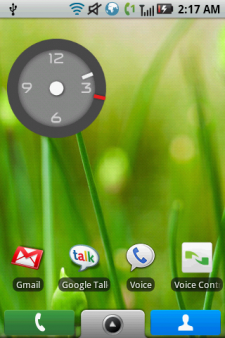
The fact that this is an IDEN-only device is another potential deal-breaker. Voice quality and the direct connect features are great, but this is supposed to be a smartphone, and data speed is important. For those who have never had the pleasure of using an IDEN phone, the fact that you're prompted to turn on WiFi before browsing the market is telling. To be fair, it's a limit of the radio technology. Dual mode IDEN/CDMA devices are certainly possible, and may have saved this phone if used. It wasn't, and this is the result.
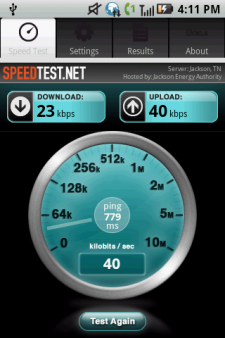
The final nail in the coffin is the underpowered processor. The phone has adequate RAM (256MB, same as the original Droid), but either the Freescale Semiconductor processor doesn't cut the mustard, or the combination of components just don't work well together. Applications are slow to load (sometimes very), and often I even found myself hoping for a force close error so I could just cancel what I had planned on doing. This is frustrating for any phone, but is completely unacceptable on a smartphone.
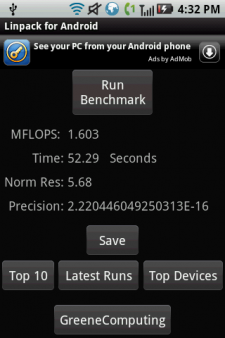
When it is all said and done, I'm glad I got to spend some time with this phone, as it made me appreciate the current crop of Android speed demons that many of us take for granted. I'm just as glad that I'm done using this one, as the overall experience was far from pleasant, and at times very frustrating. If you're in a position where you need a rugged phone with direct connect features, I'm glad you now have an Android smartphone choice. You will be able to check your e-mail, have some advanced messaging ability, and a good portion of the Android Market is available to you. If you're not in need of a push-to-talk phone, or one that meets Military specifications for toughness, you would be wise to look at another entry-level Android device.

Jerry is an amateur woodworker and struggling shade tree mechanic. There's nothing he can't take apart, but many things he can't reassemble. You'll find him writing and speaking his loud opinion on Android Central and occasionally on Threads.
